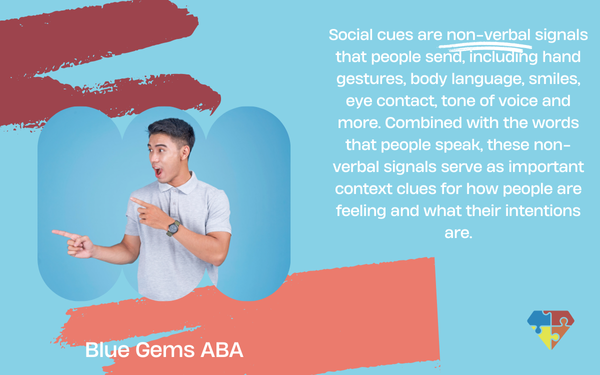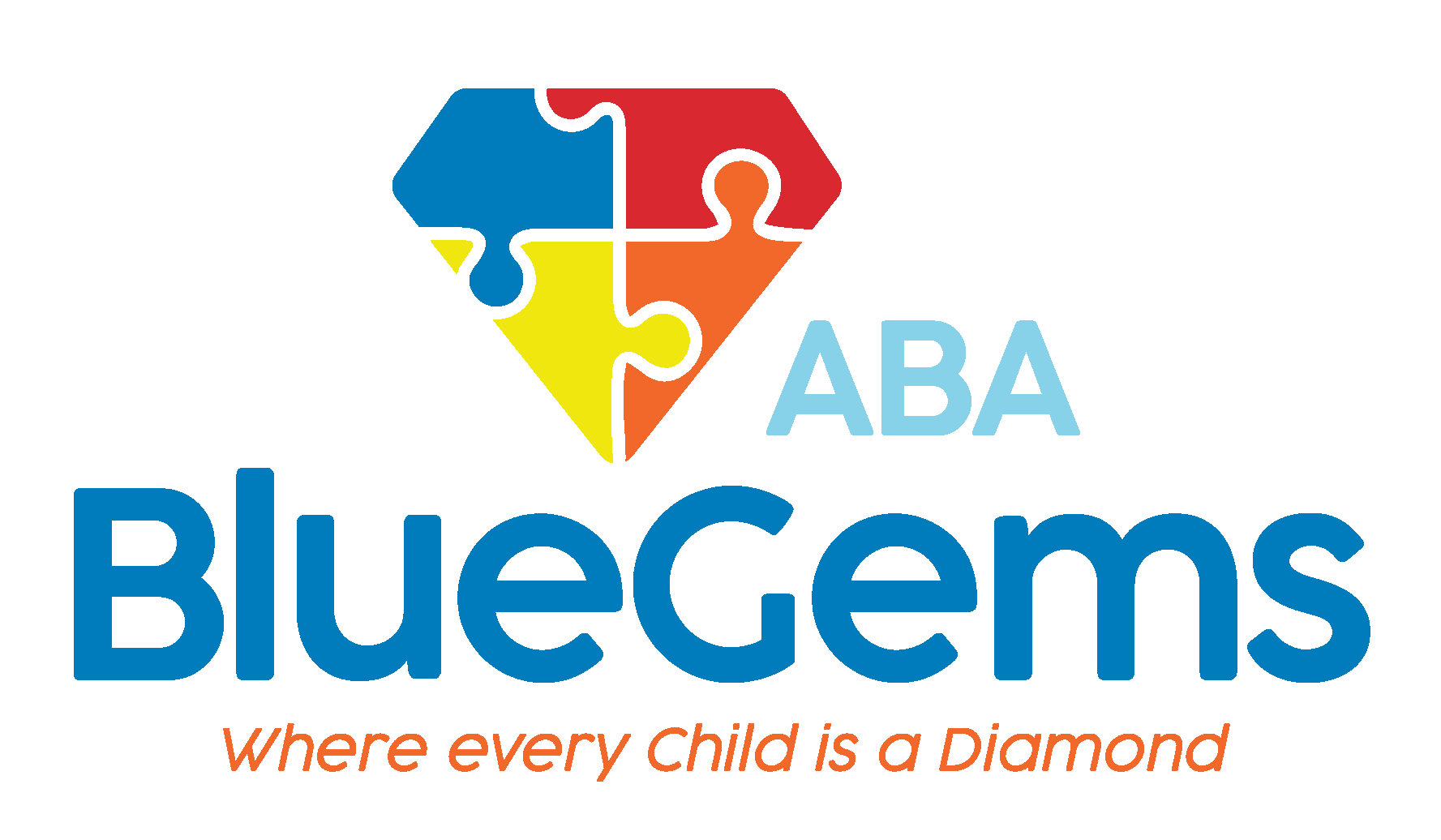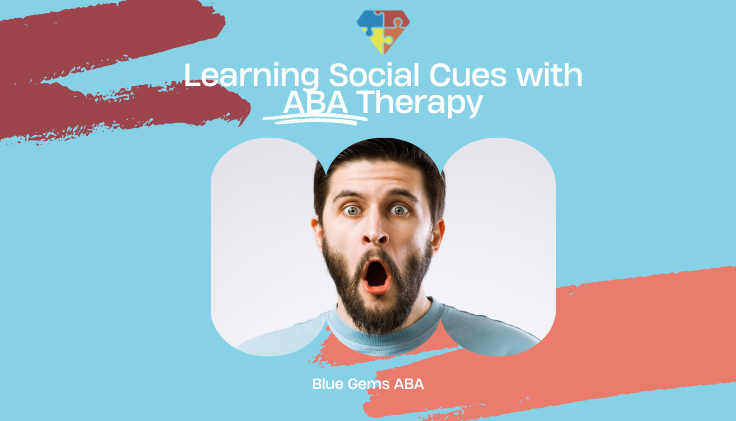Learning Social Cues with ABA Therapy
Social skills form the foundation of establishing and maintaining relationships. This, of course, is a key component of happiness and success in life, whether from a personal or professional perspective.
Many of these skills are learned from a young age, including how to be patient and take turns, how to listen and respond, how to start a conversation with someone and how to properly interpret social cues.
Children with autism spectrum disorder (ASD) may face challenges when it comes to learning these social cues, however. This is due to the fact that autism often causes deficits with communication and social interaction, along with being associated with restricted interests, repetitive behaviors and/or sensory sensitivities.
Through applied behavior analysis (ABA therapy) treatment, though, children on the autism spectrum can learn how to build these skills and more.
In this article, we’ll discuss how children with ASD can learn social cues with ABA therapy.
Table Of Contents
Why is Understanding Social Cues Important?
Communication involves much more than just spoken words. It starts from a very young age, before children even learn how to speak.
Social cues are non-verbal signals that people send, including hand gestures, body language, smiles, eye contact, tone of voice and more. Combined with the words that people speak, these non-verbal signals serve as important context clues for how people are feeling and what their intentions are.

When people are able to accurately identify and interpret social cues, it can lead to things such as enhanced communication, increased empathy, easier conflict resolution and better overall social competence.
Even as children are just learning to effectively communicate with others, social cues play an important role in helping to form meaningful connections. Those who have trouble picking up on social cues may be shunned by their neurotypical peers, and thought of as different.
Step-by-Step Process of ABA for Teaching Social Cues
| Step | Description |
|---|---|
| 1. Assessment | Individualized therapy plan based on child’s unique needs and abilities. |
| 2. Play-Based Engagement | Using play to keep learning enjoyable and natural. |
| 3. Role Playing | Practicing real-life social situations in a safe, controlled environment. |
| 4. Visual Aids | Using pictures or objects to help illustrate social cues. |
| 5. Positive Reinforcement | Rewards (praise, toys) to encourage learning and motivation. |
| 6. Group Integration | Practice skills with peers to refine understanding and interaction. |
How Can Children with Autism Learn Social Cues with ABA Therapy?
ABA therapy is considered the gold standard treatment for children on the autism spectrum. It’s a science-based approach to learning and behavior that can help children build their overall communication and social interaction skills, while also mastering daily life skills and modifying certain negative behaviors.
Since ABA therapy is a highly personalized and customized therapy, all treatment plans will be created to address the unique strengths, challenges and preferences of every child. In this way, it can more effectively address the specific challenges that each child faces in terms of learning social cues.
Many of the strategies therapists will follow are carried out in a play environment. This helps to keep the children engaged in the lessons that are being taught, since it seems more like fun and less like work.
Role playing is often a common way to teach children with ASD social cues. Children can practice identifying social cues and responding to them in this way, in an environment that is controlled by the therapist and that feels safe to the child.
During this role playing, therapists will often use visual aids to more effectively illustrate what social cues are being exhibited and what responses would be expected and acceptable in typical social situations.
As children are learning these skills, the therapist will also use positive reinforcement to reward them for successfully completing tasks. This reward system — which could be extra praise or time with a toy they prefer — serves as a way to recognize them for their successes and keep them motivated and engaged to learn more.
As children begin to build some of the basic skills of learning social cues, the therapy can advance to higher levels.
One example might be integrating the child into a group environment where they can interact with some of their peers. This is a great way for them to practice the skills they learned and refine them, as they play with other children.
The ultimate goal of all of these approaches is to make it easier for children with ASD to recognize the most common social cues, which can make them feel more comfortable engaging socially with others — and more effective at doing so.
Your Child Can Improve Their Communication Skills at Blue Gems ABA
Identifying and understanding social cues is an essential skill that all people need to learn to build relationships in a personal and professional manner. That’s why it’s important that children with ASD are taught new ways to accurately identify and interpret these non-verbal signals in direct ways.
At Blue Gems ABA, our team of experienced BCBAs works every day with children on the autism spectrum, helping them to gain the social and communication skills with which they typically struggle. To do this, we create customizable and flexible ABA therapy treatment plans that specifically address each patient’s unique strengths and challenges.
To learn more, please contact us today.




